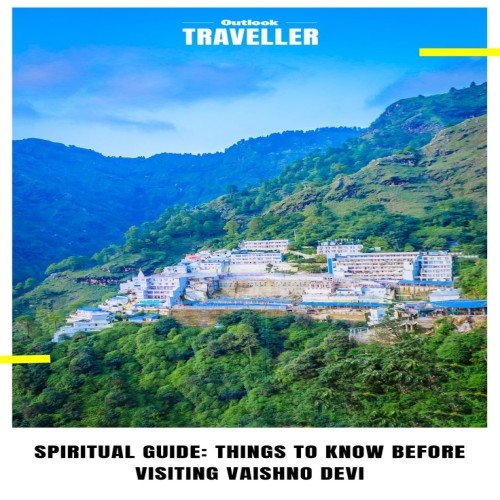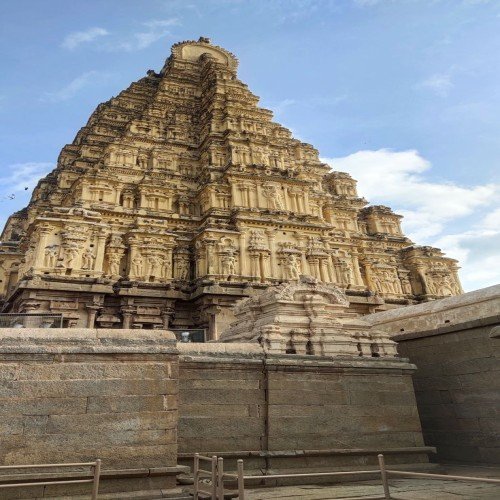Vietnam, a country steeped in rich history, vibrant culture, and stunning natural landscapes, has become one of Southeast Asia’s most sought-after travel destinations. From the bustling streets of Hanoi to the tranquil waters of Halong Bay, and from the ancient town of Hoi An to the historic streets of Ho Chi Minh City, Vietnam is a country that offers something for every kind of traveler.
1. Best Time to Visit Vietnam
Vietnam’s diverse geography means that the best time to visit depends on the region you’re heading to:
- North Vietnam (Hanoi, Halong Bay, Sapa): The best time to visit is during the spring (March to April) or autumn (September to November) when the weather is mild and comfortable. Winters (November to February) can be chilly, especially in the mountains of Sapa, while summers (May to August) are hot and humid with occasional rain.
- Central Vietnam (Hue, Hoi An, Da Nang): Central Vietnam enjoys a more consistent climate, but autumn (September to December) is the best time to visit as the weather is warm and sunny, with less rainfall.
- South Vietnam (Ho Chi Minh City, Mekong Delta): The best time to visit is from December to April during the dry season. The wet season, from May to November, brings heavy rainfall, but it doesn’t typically last all day.
2. Top Attractions in Vietnam
1. Hanoi: The Heart of Vietnam
Hanoi, Vietnam’s capital, is a charming blend of old-world charm and modern influences. The city is known for its French colonial architecture, tranquil lakes, and vibrant street food scene.
- Hoan Kiem Lake: Located in the heart of Hanoi, Hoan Kiem Lake is surrounded by beautiful temples, parks, and cafes. Take a stroll around the lake, visit the Ngoc Son Temple, and enjoy a boat ride.
- Old Quarter: The bustling streets of Hanoi's Old Quarter are a sensory overload with their narrow alleys, colorful markets, and street food stalls. Try a bowl of pho or banh mi, two of Vietnam’s most famous dishes.
- Temple of Literature: A well-preserved ancient temple dedicated to Confucius, the Temple of Literature is one of Hanoi’s most important cultural landmarks.
2. Halong Bay: A UNESCO World Heritage Site
Halong Bay, with its emerald waters and limestone karsts rising out of the sea, is one of Vietnam's most iconic natural wonders. It’s an ideal destination for cruising, kayaking, or simply relaxing amidst one of the most beautiful landscapes in the world.
- Cruises: Take a traditional junk boat cruise through Halong Bay to explore the islands, caves, and fishing villages.
- Cat Ba Island: If you have more time, take a trip to Cat Ba Island, where you can hike, visit the Cat Ba National Park, or enjoy the pristine beaches.
3. Hue: The Ancient Imperial City
Hue, the ancient imperial capital of Vietnam, is a city of historical significance with its well-preserved citadel, royal tombs, and temples.
- Imperial City: The Imperial City of Hue is a massive complex of palaces, temples, and gates that once served as the center of the Nguyen Dynasty.
- Thien Mu Pagoda: Located on the banks of the Perfume River, this iconic pagoda is one of the oldest and most important Buddhist sites in Vietnam.
- Royal Tombs: Take a boat ride along the Perfume River and explore the magnificent royal tombs of the Nguyen emperors, such as the tomb of Emperor Khai Dinh and Emperor Tu Duc.
4. Hoi An: The Ancient Town
Hoi An, a UNESCO World Heritage site, is a beautifully preserved ancient town that exudes charm with its mix of Vietnamese, Chinese, and Japanese architecture.
- Japanese Covered Bridge: A symbol of Hoi An, the bridge is a historic structure that connects the town’s two main districts.
- Hoi An Old Town: Wander through the narrow streets, explore the many art galleries, shops, and street food stalls. Don’t forget to try Cao Lau, a regional noodle dish that’s a local specialty.
- Lantern Festival: If you visit in the right month, don’t miss the monthly Lantern Festival, where the town’s streets are lit with colorful lanterns, creating a magical atmosphere.
5. Ho Chi Minh City (Saigon): The Pulse of Vietnam
Ho Chi Minh City, or Saigon, is the economic and cultural hub of southern Vietnam. The city is known for its modern skyscrapers, French colonial architecture, and lively atmosphere.
- War Remnants Museum: This museum offers a sobering insight into the Vietnam War and its impact on the country. It’s a must-visit for history enthusiasts.
- Notre-Dame Cathedral and Central Post Office: These beautiful French colonial buildings are landmarks of the city and great examples of its historical architecture.
- Ben Thanh Market: A bustling market where you can find everything from fresh produce and local snacks to souvenirs and handicrafts.
6. Mekong Delta: The River of Life
The Mekong Delta is a vast network of rivers, swamps, and islands in southern Vietnam. Known as the "Rice Bowl" of Vietnam, the Mekong Delta is a place where you can experience rural Vietnamese life.
- Boat Cruises: Take a traditional boat ride through the waterways to see floating markets, traditional stilt houses, and lush greenery.
- Can Tho: Visit Can Tho to see the famous Cai Rang Floating Market, one of the largest in the region, where vendors sell everything from fresh fruits to local delicacies.
3. Unique Experiences in Vietnam
1. Vietnamese Cuisine
Vietnamese food is known for its fresh ingredients, vibrant flavors, and balance of tastes. Some must-try dishes include:
- Pho: Vietnam’s national dish, a flavorful soup made with broth, rice noodles, and meat (usually beef or chicken).
- Banh Mi: A Vietnamese sandwich made with a baguette filled with meats, pickled vegetables, and herbs.
- Goi Cuon: Fresh spring rolls filled with shrimp, vegetables, and vermicelli noodles, often served with a peanut dipping sauce.
- Egg Coffee: A sweet, creamy coffee made with egg yolks, sugar, condensed milk, and coffee, popular in Hanoi.
2. Trekking in Sapa
For those seeking adventure, Sapa in northern Vietnam is the place to go. With its terraced rice fields, mountains, and ethnic minority villages, Sapa offers breathtaking trekking opportunities.
- Trekking Trails: Hike through picturesque villages such as Cat Cat, Ta Phin, and Lao Chai, where you can meet the local H'mong, Tay, and Red Dao people.
3. Street Food Tours
Vietnam’s street food scene is world-famous, and one of the best ways to experience the local culture is by embarking on a street food tour. Join a local guide as you sample dishes like Bánh Xèo (Vietnamese pancakes), Bún Chả (grilled pork with noodles), and fresh seafood, while discovering the culinary traditions of different regions.
4. Practical Travel Tips for Vietnam
- Currency: The official currency is the Vietnamese Dong (VND). ATMs are available in major cities, but it’s a good idea to carry cash in rural areas.
- Visa Requirements: Many travelers require a visa to enter Vietnam, but some countries are eligible for visa exemptions or e-Visas. Make sure to check the visa requirements before traveling.
- Language: The official language is Vietnamese, but English is widely spoken in major tourist areas, especially in hotels and restaurants.
- Health & Safety: Vietnam is generally a safe destination for travelers, but it’s recommended to take precautions such as drinking bottled water and avoiding street food if you have a sensitive stomach.
- Transportation: Vietnam has a well-connected transportation system, including buses, trains, and flights. In cities, taxis and ride-hailing apps like Grab are common.
5. Conclusion: Why Visit Vietnam?
Vietnam is a land of contrasts—where ancient history meets modernity, and natural beauty blends with rich cultural traditions. Whether you’re exploring ancient temples, cruising through Halong Bay, savoring street food, or trekking in the mountains, Vietnam offers an unforgettable journey. The warm hospitality, stunning landscapes, and fascinating history make it a top destination for travelers seeking adventure, culture, and unique experiences. Vietnam is waiting to be explored—one step, one bowl of pho, and one smile at a time.




